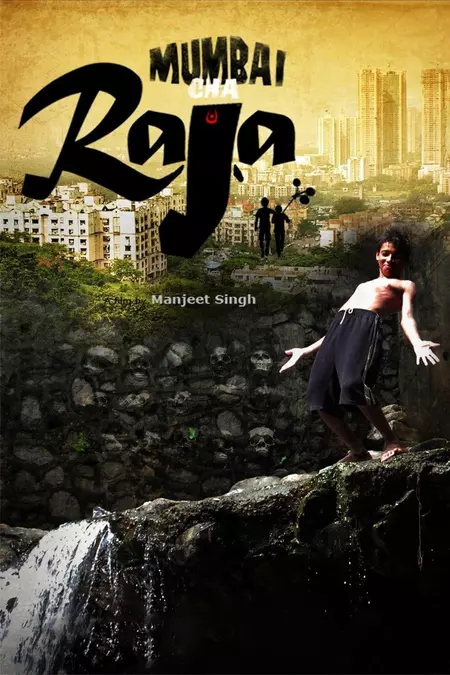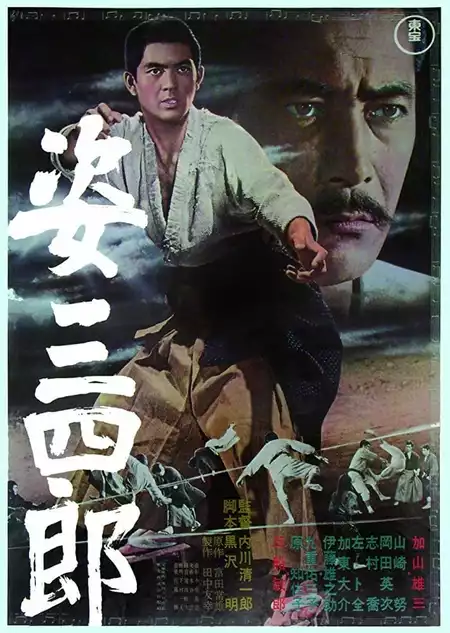Sanshiro Sugata (1943)
Sanshiro Sugata (1943)
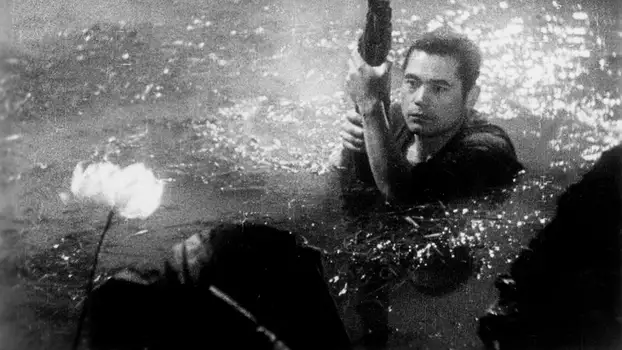
Plot.
Where to Watch.
 Free
Free Free
Free Subs
Subs Free
FreeCurrently Sanshiro Sugata is available for streaming online, rent, buy or watch for free on: Plex, Plex Channel, Criterion Channel, Fawesome
Streaming in:🇺🇸 United States

Cast & Crew.
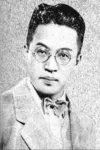
Denjirō Ōkōchi
Shogoro Yano
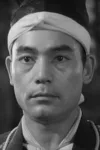
Susumu Fujita
Sanshiro Sugata
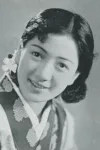
Yukiko Todoroki
Sayo Murai
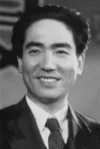
Ryūnosuke Tsukigata
Gennosuke Higaki
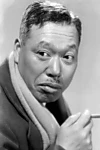
Takashi Shimura
Hansuke Murai, Sayo's father

Ranko Hanai
Osumi Kodana

Sugisaku Aoyama
Tsunetami Iimura
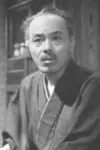
Ichirō Sugai
Police Chief Mishima
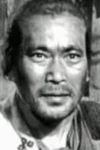
Yoshio Kosugi
Master Saburo Kodama
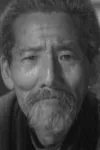
Kokuten Kōdō
Buddhist Priest

Michisaburō Segawa
Wada

Akitake Kōno
Yoshima Dan

Sōji Kiyokawa
Yujiro Toda

Kunio Mita
Kohei Tsuzaki

Akira Nakamura
Toranosuki Niiseki

Eisaburo Sakauchi
Nemoto

Ko Yamamuro
Torakichi
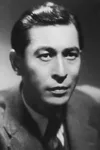
Ichirō Ryūzaki
Monma's pupil (uncredited)

Toshio Goto
Editor
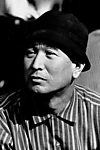
Akira Kurosawa
Director / Editor / Screenplay

Toshio Goto
Editor

Keiji Matsuzaki
Producer

Seiichi Suzuki
Original Music Composer

Masao Tozuka
Art Direction

Tsuneo Tomita
Novel

Tomohisa Higuchi
Sound

Akira Mimura
Director of Photography

Seki Nakamura
Assistant Director

Masaki Ônuma
Lighting Technician
Media.






Details.
Release DateMarch 25, 1943
Original Name姿三四郎
StatusReleased
Running Time1h 20m
Genres
Last updated:
This Movie Is About.
Wiki.
Sanshiro Sugata (Japanese: 姿三四郎, Hepburn: Sugata Sanshirō, a.k.a. Judo Saga) is a 1943 Japanese martial arts drama film and the directorial debut of the Japanese film director Akira Kurosawa.
First released in Japan on March 25, 1943 by Toho film studios, the film was eventually released in the United States on April 28, 1974. The film is based on the novel of the same name written by Tsuneo Tomita, the son of prominent judoka Tsunejirō Tomita, published in 1942. It follows the story of Sanshiro, a talented though willful youth, who travels to the city in order to learn Jujutsu. However, upon his arrival he discovers a new form of self-defence: Judo. The main character is based on Saigō Shirō.
The film is seen as an early example of Kurosawa's immediate grasp of the film-making process, and includes many of his directorial trademarks, such as the use of wipes, weather patterns as reflections of character moods, and abruptly changing camera speeds. The film itself was quite influential at the time, and has been remade on no fewer than five occasions. It spawned a sequel, Sanshiro Sugata Part II, which was released in 1945 and also directed by Kurosawa.
Sanshiro Sugata Collection.
You May Also Like.
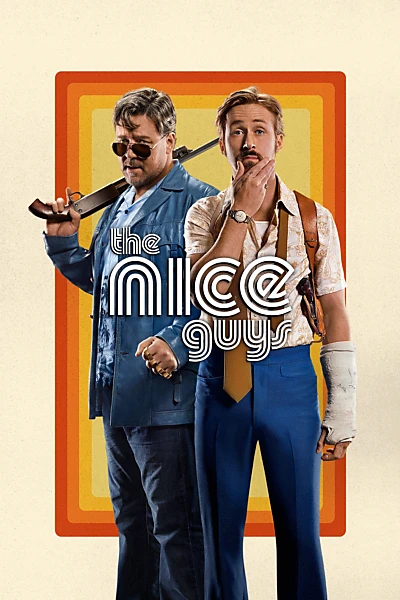
The Nice Guys (2016)
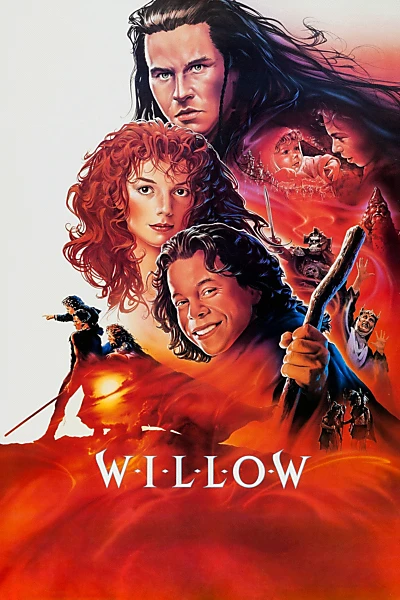
Willow (1988)

Fantastic Beasts: The Crimes of Grindelwald (2018)

This Is the End (2013)
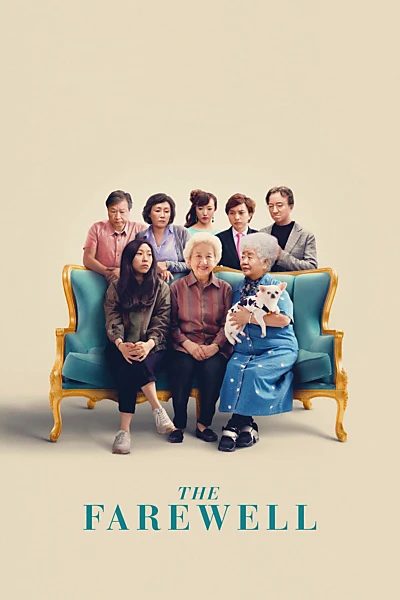
The Farewell (2019)
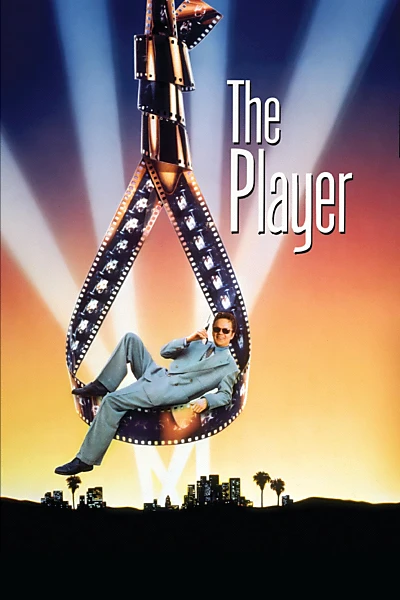
The Player (1992)
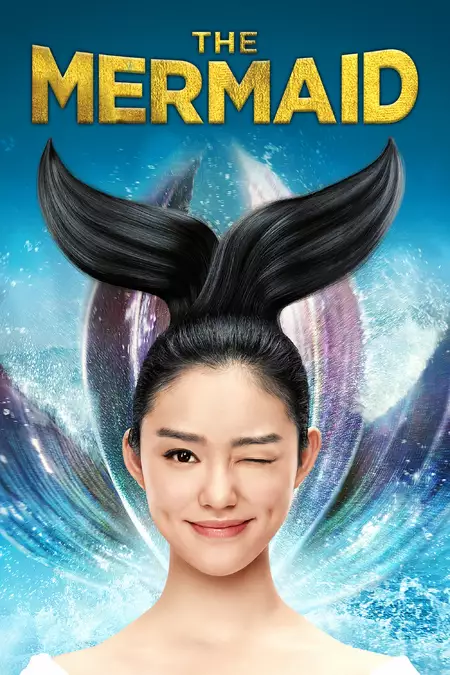
The Mermaid (2016)

My Octopus Teacher (2020)

Theater Camp (2023)

Taste of Cherry (1997)

Dolemite Is My Name (2019)

Late Spring (1949)
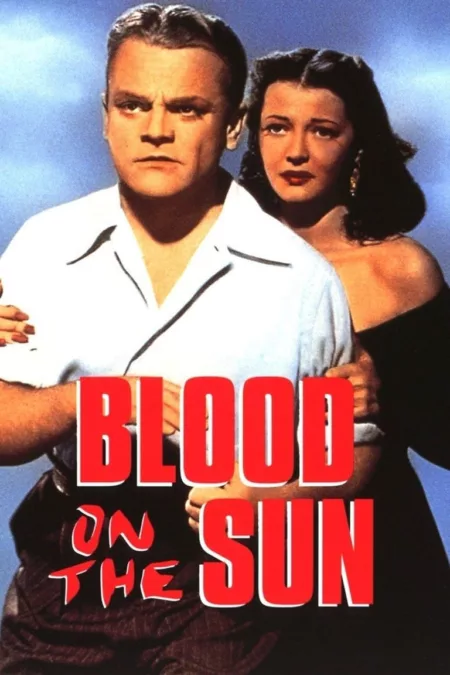
Blood on the Sun (1945)
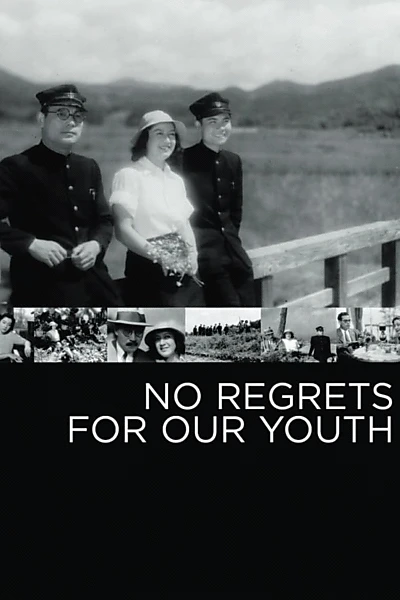
No Regrets for Our Youth (1946)
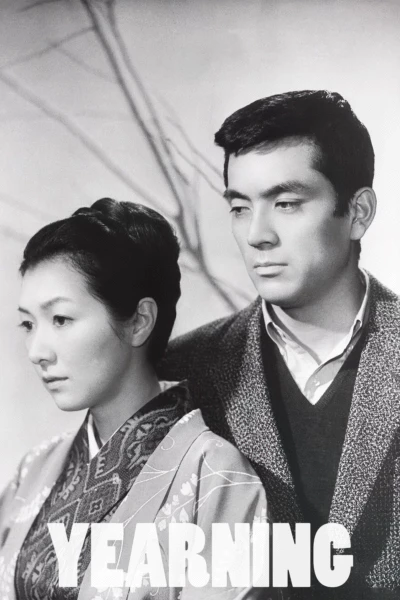
Yearning (1964)
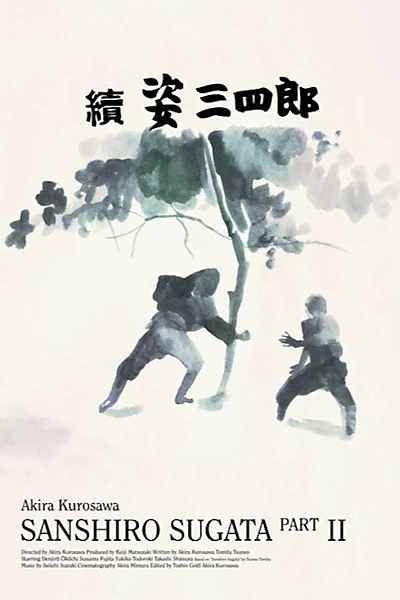
Sanshiro Sugata Part Two (1945)
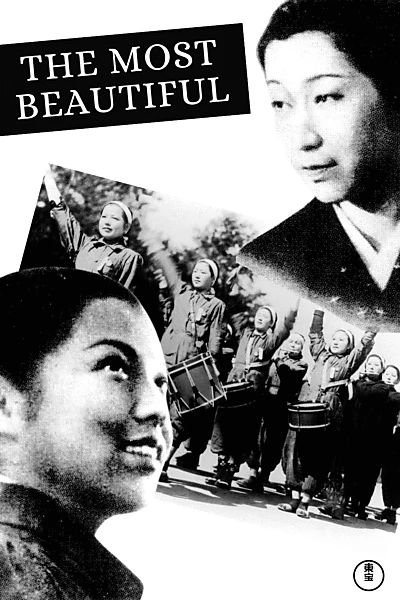
The Most Beautiful (1944)
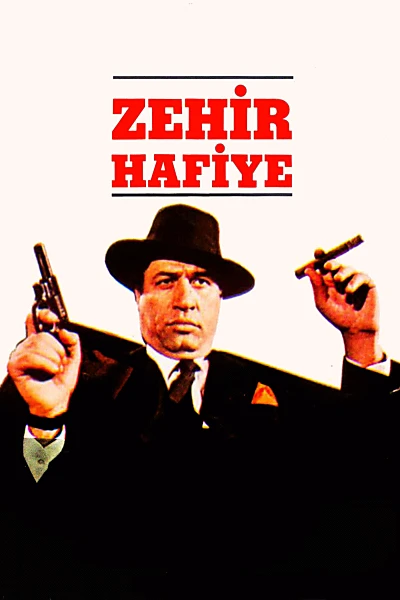
Zehir Hafiye (1989)
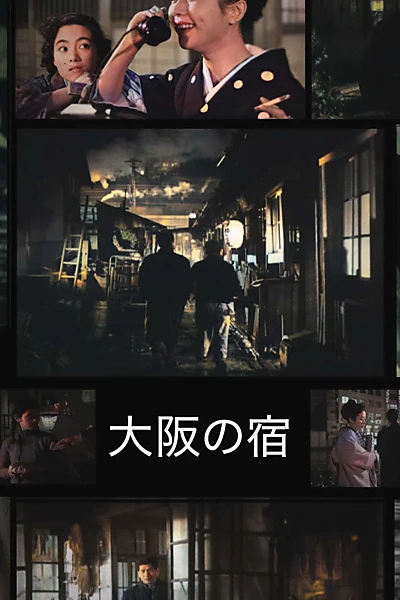
An Inn at Osaka (1954)
